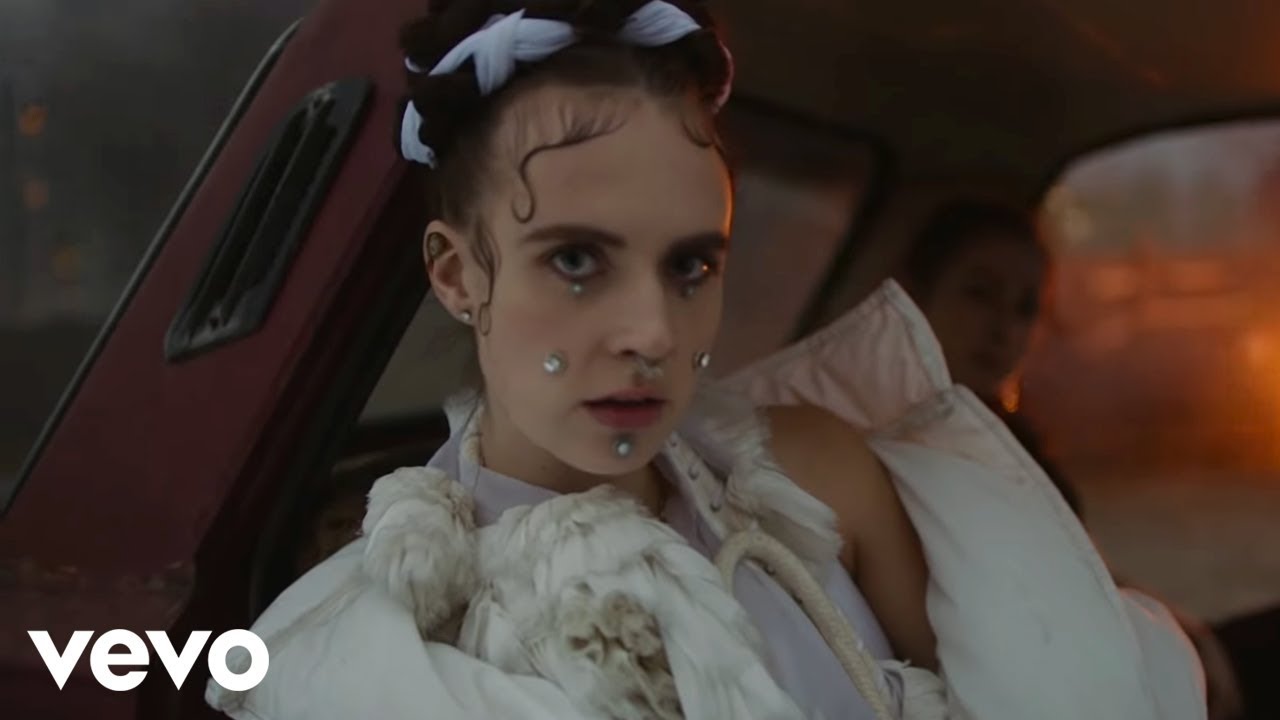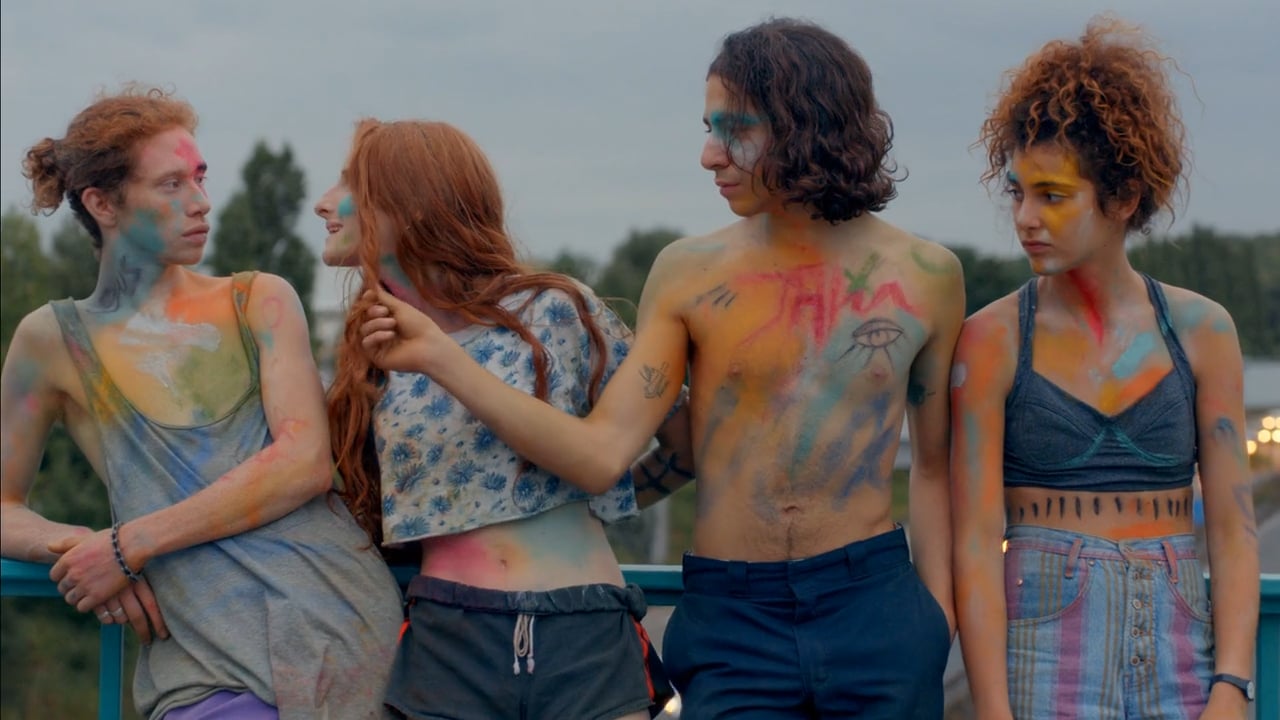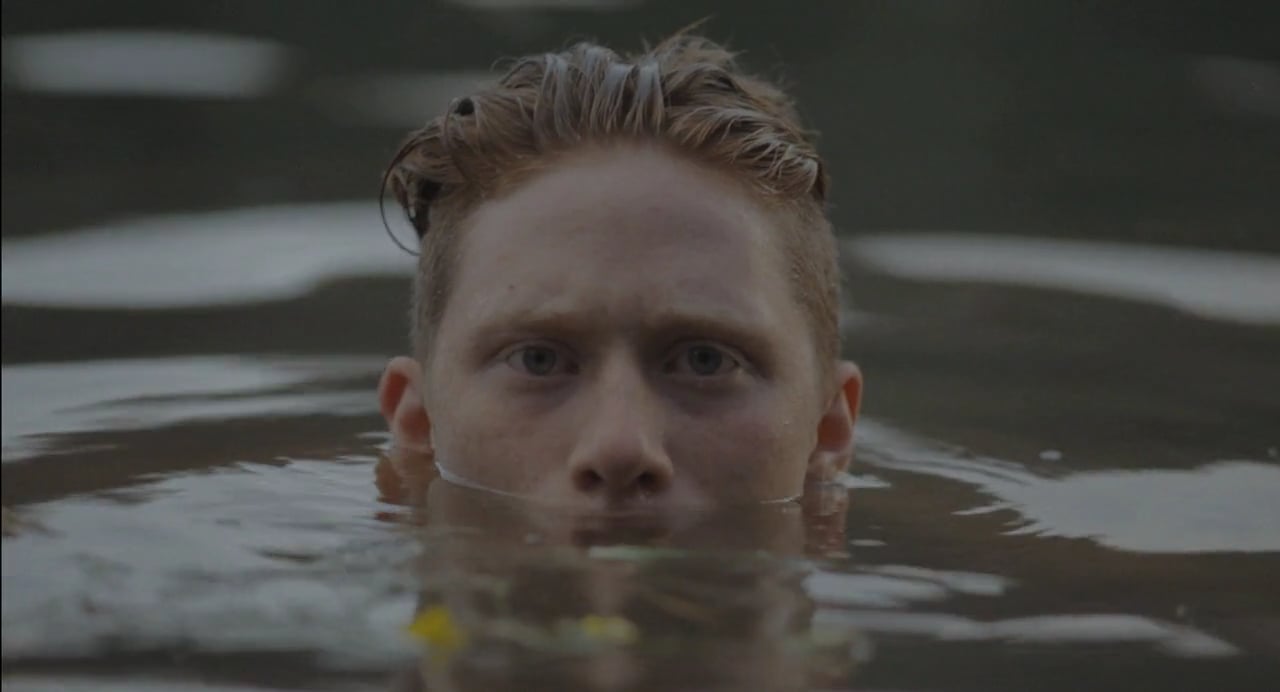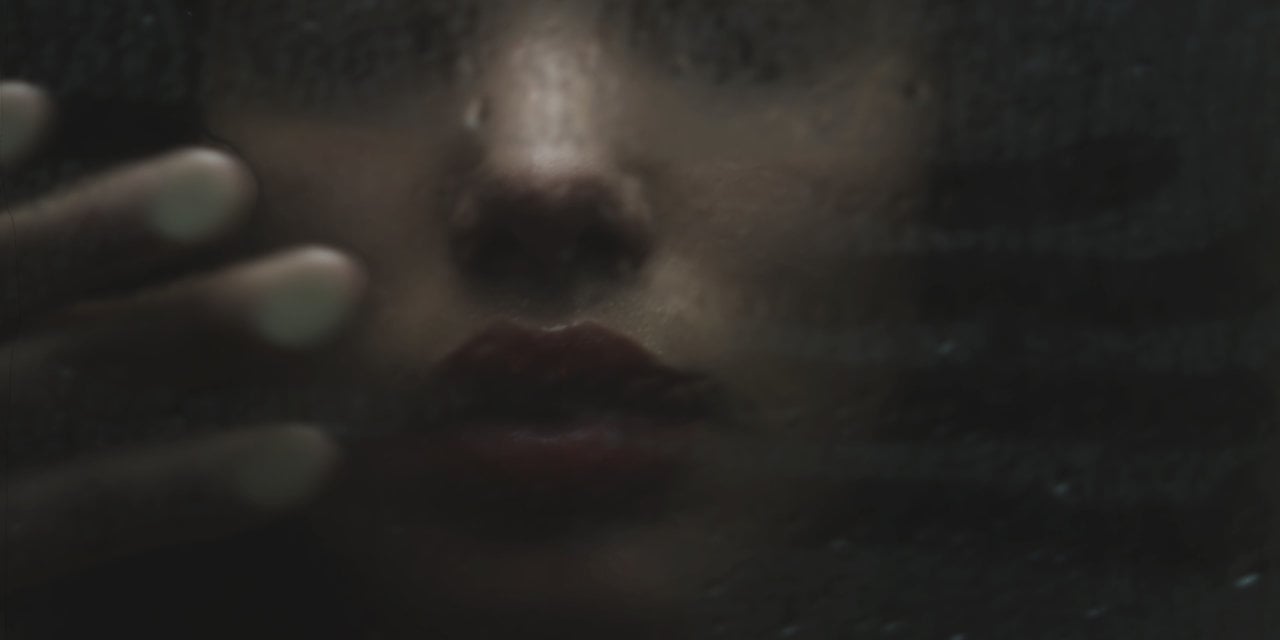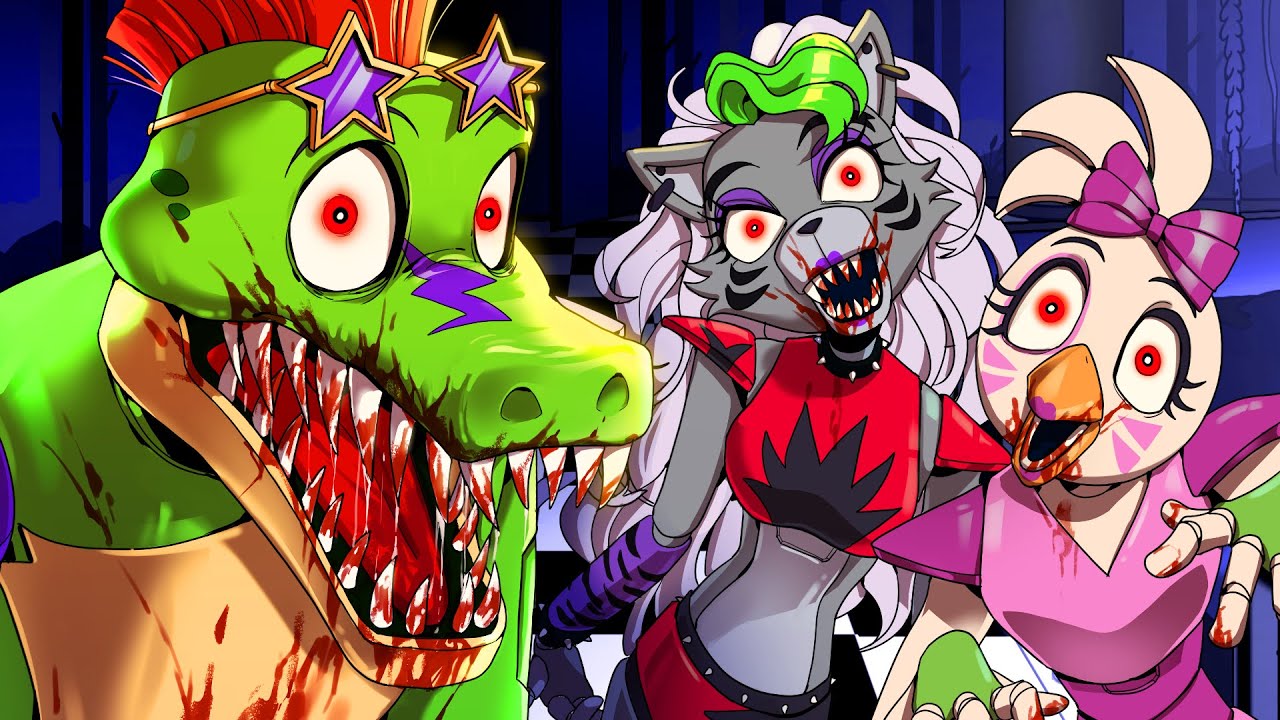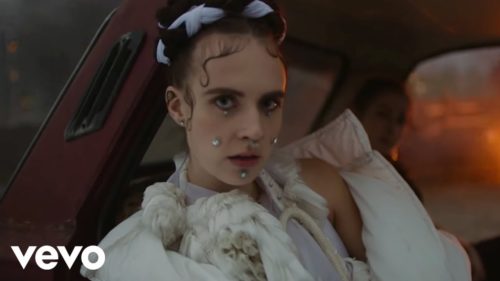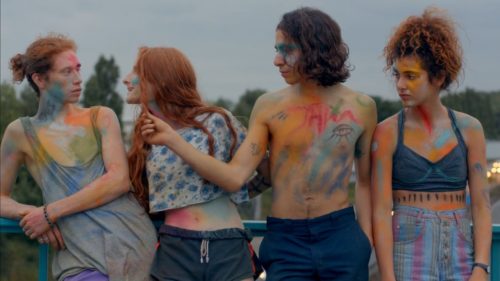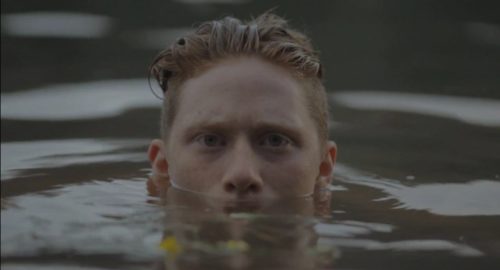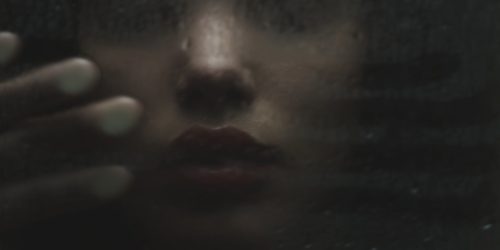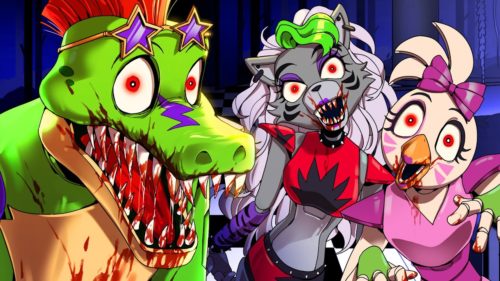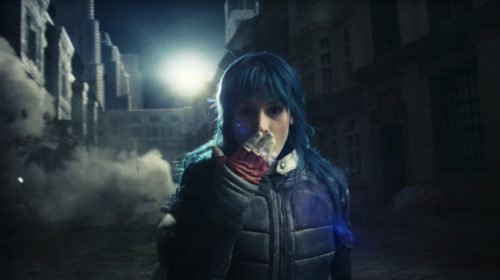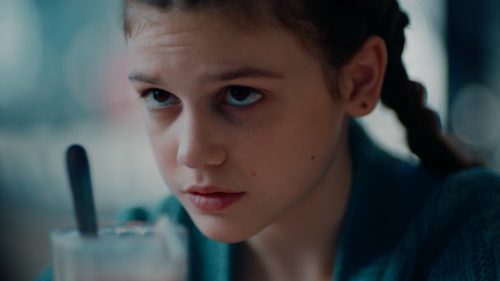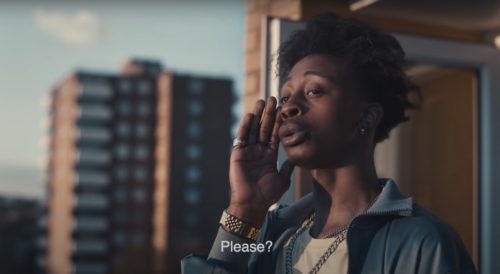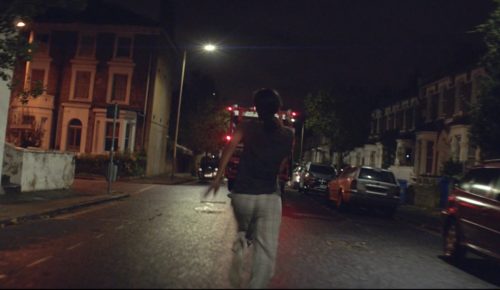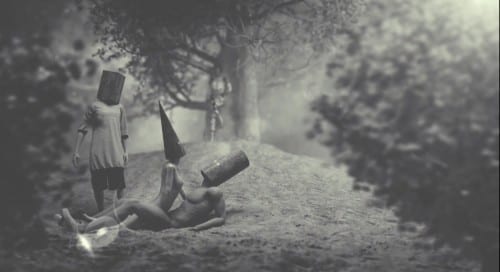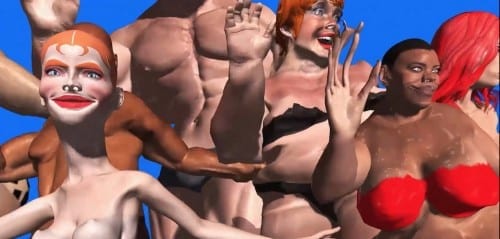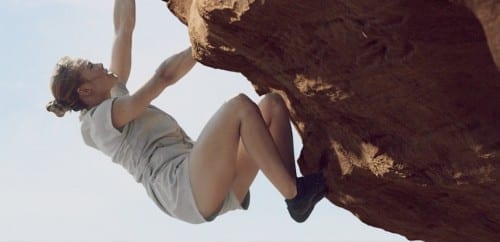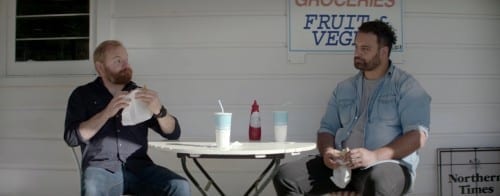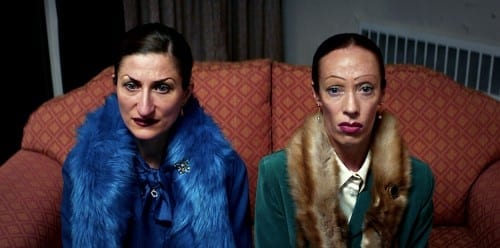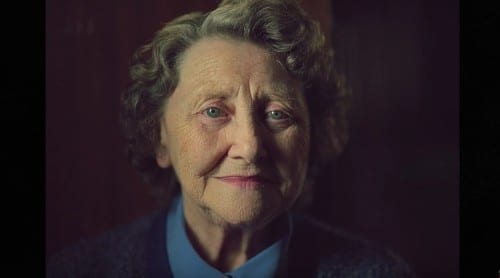Was this your visual reaction to MØ’s track Kamikaze or did you work to a close brief from the label and singer?
First, thank you again for the award and for your support, we really appreciate it!
About “Kamikaze”, I would say it’s both. Unlike our previous videos, this time we got a specific brief from MØ. She wanted the video to take place in an “Eastern European” environment. She wanted to be surrounded by young people from there, and she had some key scenarios: hanging out with them and doing silly things, then going to a party sitting on top of super-pimped cars and get in a fight.
We had never made a video with the artist in it before so aside from doing something with a lot of performance in it our main goal was to make a video where you can feel the restless energy of young people who want to party. We wanted this energy to translate to many things, dancing, being stupid, singing, driving fast, fighting in a moshpit… As usual, we really tried to create a real complicity between the characters to get a real friendship feeling. Even MØ became really close to the other actors she had only met one day earlier.
Our other role was to think about specific settings for MØ’s performances. We already had some ideas before going to Kiev, where we shot but the most exciting thing was to react to what we saw and found there during the recce.
What were the main challenges of making the film?
We had to work with MØ as she wanted such specific things in the video but it was an easy collaboration. The main challenge was all these performance parts and how does it mix with the rest of the video. Filming the kids doing silly things and the environment is something that we had done before but we never had to include a highly stylized popstar in it. That was our main focus. MØ had some very clear idea of how she wanted to look like and she has a very strong style so we needed to highlight it as much as we could.
The other challenge was also to find the right balance between pop and realism. We wanted to aim for some realism but we also wanted to free ourselves a bit from it by adding a real pop dimension to it.
The production includes many different settings and quite a big cast. Were the scenes carefully planned in pre-production with a storyboard or did you simply have a shots list and evolve it in the edit?
We just had a shot list. Except on commercials because we have to, we never work with a storyboard. We have the feeling that when we have a storyboard we have a hard time to free ourselves from it on the shoot. We always know what we need to get to tell the story and we prefer to make detailed shot list and then find the best shots during the recce, taking pictures or even improvise on the shoot when we find a better shot. I think it helps us to make something more organic and authentic. But we also see all the advantages to work with a storyboard when you want to make something way more controlled and we might come to it someday for new experimentations.
Your on-going work with Kid Wise, on the other hand, seems loose and spontaneous, and involves a lot of free-flowing interaction between the characters and group. What’s your process for creating these films?
Yes, for our videos with Kid Wise, we never had any briefs, so we really try to express something personal. We are really proud of our latest Kid Wise video for “Miroir”. It is a simpler video, and some people were disappointed that it wasn’t as intense or narrative as the first one (Hope), but this one is probably the most personal we did. Something loose and spontaneous, that’s exactly what we wanted to do.
We wanted to make a dance video but not with professional dancers. A video where you just see a group of friends who suddenly start to dance together spontaneously like if nobody’s watching. They are just having fun together and we really wanted it to look real and authentic. To achieve that, we spent a lot of time with the actors before the shoot.
We purposely didn’t work with a choreographer because we wanted the actors to find their own movements and not having someone to tell them what to do. So during three days before the shoot, we danced altogether and looked for the right movements that we were going to reproduce on the shoot. Having them spend some time together is key when you aim for authenticity. If they become friends in real life, they don’t have to pretend on the screen.
How important is it for you to keep experimenting? Do you work on ideas together and wait for a track to come along to fit the concept?
We always prefer to work on ideas for a specific track. A song always inspires us something different and if you get a new idea for a specific track you are sure that it will fit perfectly. But of course it happens that our ideas don’t win the bid, and sometimes when we really liked the idea, we just keep it for later and if another song matches, then we adapt it.
But yes… to keep experimenting is really important to us. That’s why we try to make different kinds of videos. Pop video, narrative, performance… We have been directing for only two years and we really feel that we need to experiment a lot in order to achieve even more creative videos.
Truman & Cooper, your moniker sounds very Lynchian! How did you two meet and decide to direct films together?
We have been best friends for more than 10 years. We started to make music together, we had a band. Then we became roomates and during these years we did almost everything together. We each worked in separate fields, I (Jonathan) was working in the visual effects industry and Anthony was studying and then working as an urban planner. But in our free time we were already making some stupid videos and all kind of artistic projects. Until one day we decided to make something more seriously.
Anthony kept making some music on his own so we decided to make a music video for one of his songs. Unexpectedly, the video won the “great prize” at the International Music Video Festival in Paris. So after that we got really excited and wanted to make some new ones.
And yes, our nickname comes from Agent Cooper and Sherif Truman in Twin Peaks. We like the complicity they have in the show, it’s a beautiful friendship and an efficient collaboration.
Please tell us about your creative process working together – do you both write narratives together and how do you decide which ideas to go ahead with?
The creative process between us is very natural. When we get a song, we both write our ideas, then we look at all of them and decide which ones are worth developing. It’s always pretty obvious, it never happened that we both had very different visions. I think it’s mostly because we’ve been so much together since we met that we kind of “built” ourselves in the same way, so we have the same vision and we understand each other very well.
So once we pick an idea, one starts to develop the script while the other one hunts for picture references and starts to make a treatment. Then at some point we switch and keep going like that…
Does your process differ considerably when you are working on commercials or is the process still similar to how you work on music videos?
It really depends on the commercial. For example the “Budget and Go” commercial we did was pretty much like shooting a music video. We had no real script from the agency so we wrote it ourselves, we wrote a very long list of ideas and then tried to shoot as much as we could. We were really free on that one.
On some others, like the HTC, the scenes were already written and validated by the agency and the client, and we weren’t as free in term of casting, location etc… It’s a different exercise! But even in commercials, we try to push the creativity and the freedom as much as possible to create something fresh.
Are there ever differences of opinion between you and how do you settle those?
It happens sometimes but we always settle it very quickly. We both explain what we imagine and 90% of the time we agree that one vision is better than the other one. Then if sometimes one really want to do something that the other one doesn’t understand or doesn’t like, then we still shoot it and “we will see at the edit”.
Do you both have different skill sets or do you work together on every stage of production?
We both work on every stage of the production, as I said before, its very natural and spontaneous. Even on the shoot, we always find our role without even talking about it.
Do you collaborate closely with a regular crew?
We try as much as we can yes. We’ve been working a lot with the DOP Victor Seguin who was also in our music band 10 years ago! He is a friend too and we really developed a style along with him. But now he also has a lot of work with other directors so we can’t always work with him, plus we also think it’s nice to meet new people that will influence your work in a different way.
Hell Yeah is a powerful raw film with a brilliant cast. How did you go about casting and directing the actors – did you have a long rehearsal time?
Unlike the previous jobs, like our Kid Wise and our Son lux videos where we worked with non professional actors, this time we had a real casting session in London and we were incredibly impressed by the commitment of the people during the casting. We had never experienced that in France, here the actors were giving everything in the casting, it was really impressive to watch.
We picked the ones we thought were the best for the roles but we just hoped we’d have more roles to have all these great actors in the video!
After that, we had no time for rehearsal. We even had a really short time to shoot in hard windy/cold/rainy conditions. But we had a really clear idea of what we wanted and after what we saw during the casting we were very confident about their performances.
This narrative does stand out because of its compelling story line but also because of how you used the location and the camera techniques that you employed. How did these decisions come about?
We first started to write the story. The original plan was to shoot it in a more traditional way, with real locations etc… But we thought that we had done that before with our previous videos, so we wanted to make it different, bring something new. Then after more thinking we got this idea of using one single location and create a minimalist set on it. And later we got the idea of the car circling around.
It was just little bricks that we added one by one. That’s also because we had a lot of time for the creative process. Sometime when you need to pitch on a video, the deadline is so sharp that you can’t push the ideas to the maximum, you have to be really good in a very short amount of time. But when you do have time, it’s great, you write an idea, then you have time to think “ok how can we make this even better”. But we feel that with the experience, it’s becoming easier and faster to reach those better ideas.

